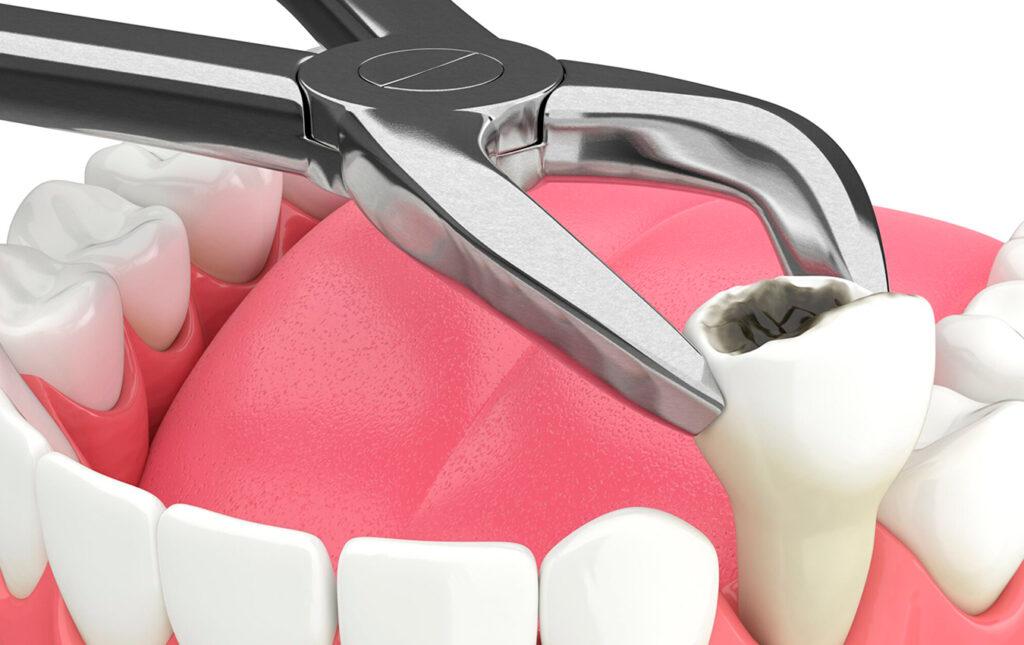
Benefits
Tooth extraction is done when other dental procedures cannot repair the damage.
Who is this procedure for?
- People who have severely decayed teeth;
- People who have suffered from advanced gum disease;
- People with broken teeth that are impossible to repair;
- People who have teeth that are inappropriately positioned in the mouth.
What happens before the procedure?
The dentist needs to examine the mouth and all teeth before deciding whether or not a patient is a candidate for extraction. As well as that, an X – ray will be done to allow the dentist to see where the root portion is and to evaluate the aspects of the tooth and of the bone surrounding it. The dentist also collects medical information from the patient – he or she needs to be aware of all medicines and supplements the patient takes as they can cause complications. The patient will be advised to take antibiotics for a few days before the procedure if they have a high level of active infection. Before the procedure patients will have the tooth, jawbone and surrounding gum anesthetized.
What happens during the procedure?
The dentist needs to expand the socket (bone) in which the tooth is tightly encased and to separate the tooth from its ligament to the extent where it is loose and ready to come out. For that he or she needs to apply firm pressure to the tooth and to force it against the sides of the socket. When enough pressure is applied the socket becomes larger and the ligament that holds the tooth in place is separated from it. The tooth is then ready to come out. Throughout the procedure the patient will feel the pressure, but no pain.
What happens after the procedure?
Once the procedure is over the dentist applies a piece of moist clean gauze over the empty socket to stop the bleeding; the patient will need to bite it down to apply pressure exactly on the socket. Bleeding should stop within one hour.
A blood clot will form in the socket; this is very important in the healing process so patients are advised not to do anything to dislodge it. Swelling and discomfort are likely to occur during the first 24 hours following the extraction so the dentist will prescribe antibiotics. He or she will also advise patients on what foods and drinks they should have or not.

